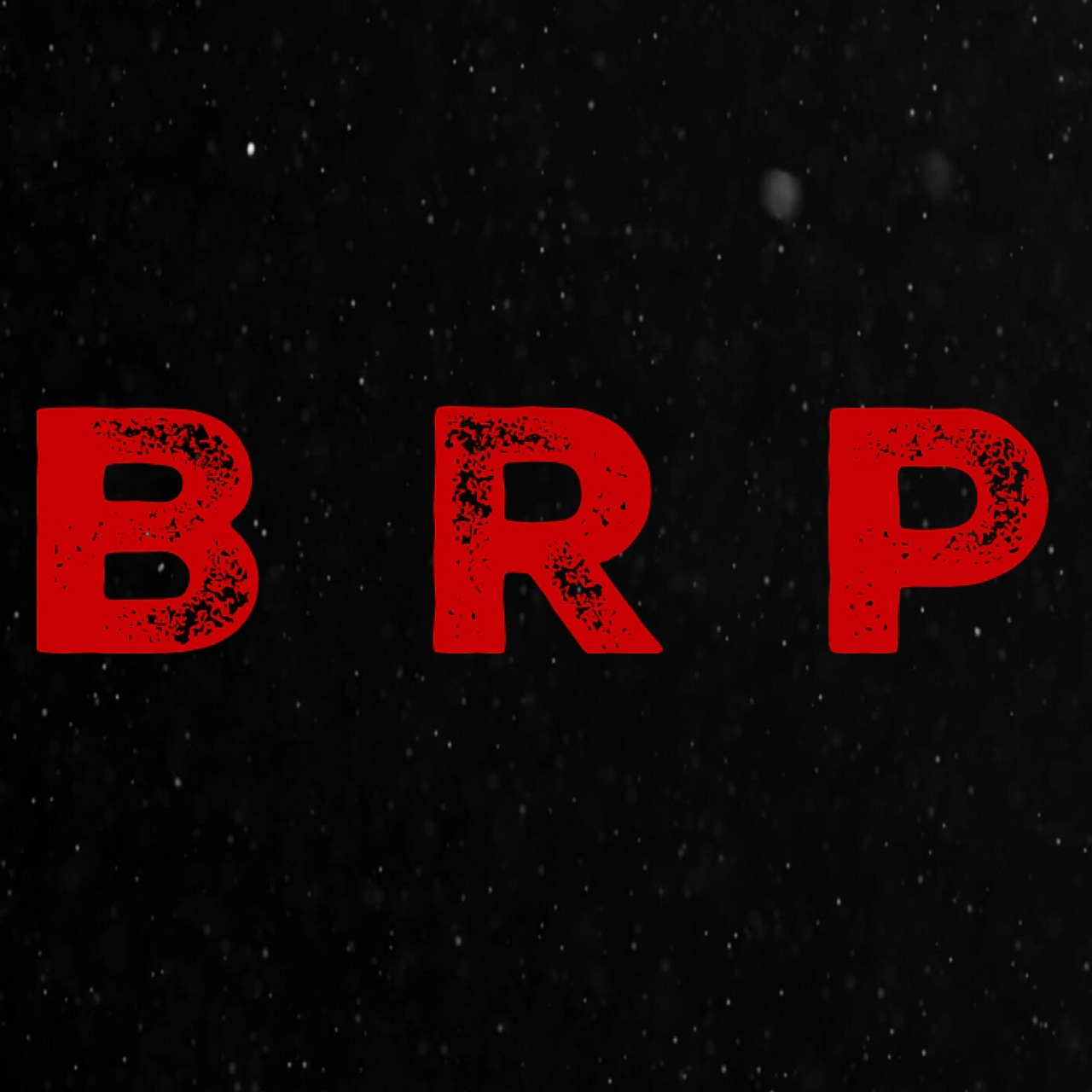PREVIEW
I am thinking about starting another Newsletter for those interested in world history. This is a pilot article to gather interest. At the end of this article show your interest or disinterest. If enough interest is built up for this, I would be happy to begin an Ancient World History Newsletter and begin with those who show interest in the comments below. For now, let’s consider the article below to determine interest in ancient climate change and survival of civilizations:
Introduction
Let’s talk about the Maya. If you’re not familiar with them, they were the OG overachievers of the ancient world. Picture this: advanced cities with massive stone pyramids, sophisticated astronomers mapping the stars, a calendar system so accurate it freaked everyone out in 2012, and a number system that included zero long before Europe even knew what it was. Yeah, the Maya were kind of a big deal.
From around 2000 BCE until the Spanish showed up in the 16th century, the Maya dominated parts of what we now call Mexico, Guatemala, Belize, Honduras, and El Salvador. Their empire peaked during the Classic Period (250–900 CE) when cities like Tikal and Chichen Itza were booming, filled with palaces, observatories, and more swag than any civilization had a right to.
Then, in one of history’s most mysterious acts of “thanks, but no thanks,” a large chunk of their civilization just... vanished. Cities were abandoned. Kings lost their divine thrones. And people packed up and left, as if the Mayan empire had gone out of style.
Cue the eternal question: What happened?
The Maya Were Basically the Elon Musks of the Ancient World
For decades, scientists, historians, and every casual documentary watcher with a Reddit account have been trying to figure out why the Maya collapsed. War? Political drama? Environmental exhaustion?
Did they, as some love to speculate, just get tired of running one of the most advanced societies of their time? But now, thanks to some hardcore scientific detective work, we might finally have a solid clue: climate change—specifically, a severe drought—may have been the silent killer.
Researchers from the University of Cambridge and the University of Florida took a deep dive into the drought theory by studying water samples from Lake Chichancanab, smack in the middle of Maya territory. They used a cutting-edge method to measure water isotopes trapped in gypsum, a mineral that forms when lakes dry up during droughts.
And the results? Drumroll please: during the Maya collapse, rainfall dropped by a staggering 41% to 54%, with the worst drought conditions cutting rainfall by up to 70%. That’s not just a bad harvest season; that’s apocalyptic.
The study, led by Nick Evans, a PhD student at Cambridge, delivered the kind of quantitative data that was missing from earlier research. As Evans put it, “Our study represents a substantial advance as it provides statistically robust estimates of rainfall and humidity levels during the Maya downfall.” Translation: We’ve got the receipts, and it looks like Mother Nature decided to throw a serious curveball.
Spoiler: It Wasn’t Just Bad Weather
So, if we’re buying into this drought theory, it’s tempting to say, “Case closed!” Severe drought? No water? No crops? No civilization. Makes sense, right?
Well, hold on. Sure, droughts can cripple agriculture and cause famine, but can they single-handedly topple an entire empire? The Maya weren’t exactly amateurs—they had systems in place for farming, water storage, and trade. They were resilient.
The Maya even built elaborate rainwater collection systems and relied heavily on maize, a crop that’s relatively drought-resistant. So, while the drought could have been a major stressor, you have to wonder if it was the only thing going on.
It’s worth asking: did the drought just light the fuse of a bomb that was already ticking?
Political Drama, Internal Conflict, and War
While climate change might have played the starring role, the Maya’s downfall was likely a full-on ensemble cast of disasters. Picture it: the Maya civilization was based on a network of city-states, each ruled by kings who claimed divine connections.
As the drought hit, crops failed, and people went hungry, things probably got tense. Rulers who couldn’t deliver food or rain would’ve looked a little less godlike. And we all know what happens when leaders lose their shine—power struggles, civil wars, and, eventually, chaos.
On top of that, the Maya had been butting heads with neighboring city-states for centuries. The constant pressure of warfare, combined with dwindling resources, could’ve pushed things over the edge. People may have started abandoning cities because they just couldn’t sustain themselves anymore—politically or physically. Or…could it have been…
No, the Aliens Didn’t Do It—But Here’s Why You’d Think So
Okay, I know it’s not “cool” to bring this up, but since the internet loves a good conspiracy theory: were aliens involved? Those pyramids are pretty suspiciously advanced. Plus, when you throw in the whole drought-collapse combo, it's easy to imagine a scenario where an alien mothership came down and said, “You guys had a good run. Want to come with us?”
No? Too much? Well, it's fun to speculate. But no, there’s no evidence to suggest that the Maya packed up for an intergalactic road trip. Sorry, ancient alien enthusiasts.
Overpopulation: The Maya’s Version of Too Many Instagram Followers
Another solid theory is that the Maya were simply victims of their own success. By the time the drought hit, the population might have been too large to support. They’d chopped down too many forests to build their glorious cities and over-farmed the land to feed their people. The whole ecosystem could’ve been on the verge of collapse, and when the rain stopped, it was game over.
The new data from Lake Chichancanab suggests that the drought was severe enough to cripple an already fragile system. Add overpopulation and environmental exhaustion to the mix, and the Maya might have just hit the point of no return.
The Big Mystery: Are We Any Smarter?
So, was it climate change, political collapse, warfare, or a combination of all three that led to the downfall of one of the world’s most advanced civilizations? The truth is, we don’t really know. But with this new research, we’re getting closer to understanding what might have happened.
At the end of the day, the collapse of the Maya isn’t just an ancient mystery; it’s a reminder of how vulnerable even the most advanced societies can be. We’re living in a world that’s dealing with its own set of environmental challenges—hello, climate change—and looking back at the Maya might help us avoid some serious mistakes.
Modern Parallels and a Friendly Reminder not to Panic
Sound familiar? The Maya didn’t have social media, but if they did, you can bet they’d be hitting “retweet” on every climate change meme right now. Still, worry about cataclysmic events in advance is to stop living before you’re dead.
Such mental gymnastics is to deny the reality of your own mortality which can lead to mental disorders but that’s another story. Think of their collapse as a climate change warning from history. No big deal or anything, just one of the most advanced civilizations of its time, brought low by Mother Nature.
So, what do you think? Was it just bad weather, or did something deeper take the Maya down? One thing’s for sure: whatever happened, the Maya didn’t leave quietly. They left behind a legacy that’s still inspiring (and confusing) us today.
In Conclusion (AKA: How Screwed Are We?)
And who knows, maybe we’re all just one serious drought away from our own collapse. If history’s taught us anything, it’s this: no one is invincible, not even the OG overachievers. Maybe we should be paying attention before it’s too late.
Want More Ancient Hot Takes?
If you loved this, take the poll below to help determine if a separate Newsletter in this vein is appropriate and we will decide together if we need to branch off for more wildly entertaining historical what-ifs, environmental drama, and the occasional nod to alien conspiracy theories. Also, name some topics in the area of Ancient Historical Times, Share with your friends, and let’s figure out what the Maya would have posted on Instagram if they were still around! 😊




